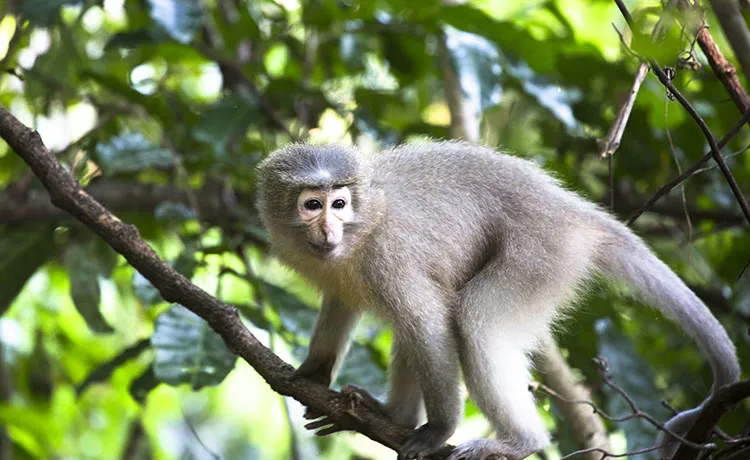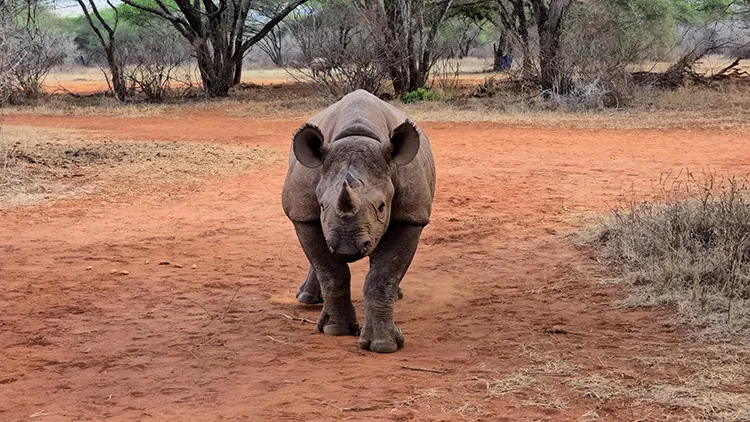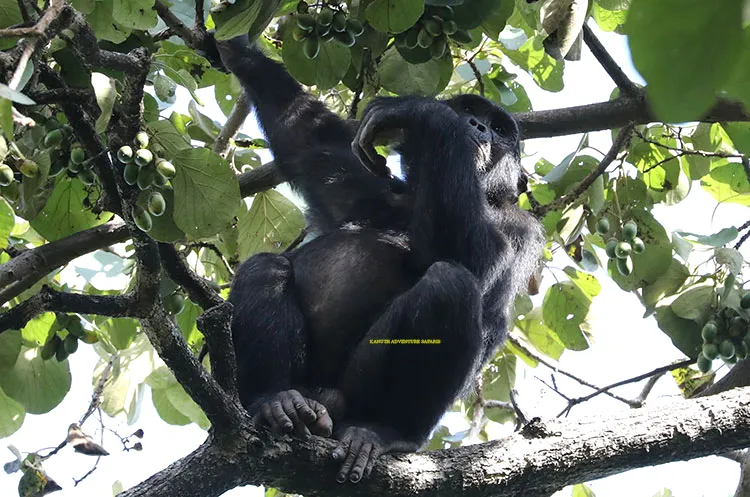The Complete Guide to Udzungwa Mountains National Park
Complete Guide to Udzungwa Mountains National Park The park uniquely hosts some endemic flora and fauna that cannot be found anywhere on earth, hence called the “centre of endemism.” The pristine vegetation has a closed canopy cover, and woodland and moorland at higher altitudes. The park is honoured to be the Galapagos of Africa and one of the world’s few remaining “biodiversity hotspots”. Udzungwa is a magnet for hikers, with an excellent network of forest trails that include the popular half-day ramble to Sanje waterfall, which visitors are attracted to see primates like sanje mangabey and Iringa colubus Monkey, forest birds, amphibians, reptiles, plants and much more. Brief History of the Park The area was gazetted to be a National Park in 1992 with an area of 1990 sq km. The word “Udzungwa” originated from the word “Wadsungwa”, referring to one of the native sub tribes of the “Hehe” community who once lived on the lower slopes of the mountains. Udzungwa Mountains Climate The park receives Short rains from October to November, and the long wet season starts from November to April, when wild flowers flourish and there are plenty of butterflies. For bird watchers, December to February is their best time as most migratory birds nest in the park and are easily spotted. The maximum temperature is 310C in October, with the minimum at 21 0C in July. Udzungwa National Park Attractions Waterfalls Several waterfalls, including the famous Sanje waterfall, plunge 170 metres through a misty spray into the forested valley below. This waterfall is the highest in Tanzania’s national parks system. Other waterfalls include Prince Bernhard, Njokamoni, Mwaya, Sonjo, and Msolwa, which will spice up your visit. Reptiles Several Reptiles and Amphibians, including the endemic Udzungwa lizards (Cnemaspis Udzungwae) and (Phrynobatrachus Udzungwensis), as well as endemic chameleons, are also available. • The Udzungwa is a primate park; currently, 11 species have been identified. Among them are two species found nowhere else, the Sanje Crested Mangabey (Chlorocebus galeritus sanjei) and Iringa Red Colobus Monkey (Colobus gordonorum). Butterflies Over 250 species of butterflies, including the endemic Charaxes Lucyae Mwanihanae, Papilio hornimanii Mwanihanae and Baliochilla Mwanihanae, have been identified, making udzungwa an ideal place for those who wish to see this paradise of butterflies. Natural Spring Natural springs on the upper stream of the catchment forest form various permanent rivers (Lofia, Msosa, Mwaya, Mkula, Rumemo, Sonjo, Ruipa) that flow and pour water into the famous Kilombero Valley. Visiting this spring and listening to water splashing on the rocks leaves a memory to remember. Cultural and Historical Sites Udzungwa Mountains National Park contains more documented cultural and historical sites than any other Tanzanian Park. Within the park, several historical and cultural sites offer the chance to explore the history of different tribes from the Southern regions of Tanzania. Many of these tribes inhabited Udzungwa Mountains National Park before its gazettment, but lived in a settlement adjacent to the park. These settlements are good examples of the continued migration of people within the area. Some must-see sights include the ancient Mwanaluvele salt caves on the park’s western side and the Magombelema caves; the locals used both during the colonial wars as hideouts. The Bokela and Mwanihana Mountains are found on the park’s eastern side and are sacred areas that the villagers still use as places of worship during times of hardship, such as famine, drought, and disease. Chavemba and Nyumbanitu are similar ritual places on the park’s western side. They are also excellent sites for tourism activities and trekking. The forest is also considered of great spiritual value to adjacent communities, home to numerous deities, false gods/goddesses. Bird species The park has 400 bird species, including migratory and non-migratory species, with two endemic to the park (Udzungwa forest partridge and Rufous-winged sunbird). Tropical Rainforest Universally considered the World’s Wettest Ecosystems lie in the Tropics, between the Tropic of Capricorn and the Tropic of Cancer. Comprehensively characterised by very high annual rainfall, high average temperatures and humidity, nutritious soil, and high levels of biodiversity (species richness). The forests have a magnificent view of a natural tropical rainforest that hosts approximately 2,500 different plant communities/ species of cultural, ecological, economic, historical, educational and medicinal values. The forests act as a major tourist attraction. They are best for hiking when experiencing a soundless forest walk surrounded by various flowers, birds, butterflies, frogs, snakes, chameleons, primates and a beautiful view of the numerous waterfalls that vacationers adore. ‘The consistent sunlight provides the essential energy necessary to power the forest via photosynthesis; Temperatures are generally moderated by cloud cover and high humidity. ’ Tourism Activities Hiking to the waterfalls and forest: Hiking in the forest while enjoying watching most primates, waterfalls, birds, reptiles, and amphibians makes your day. Hiking is mainly done throughout the year, but is ideal during the dry season. Mountain climbing: The park offers a chance to summit the highest peaks of Luhomero and Mwanihana while enjoying the scenic view of the lower slopes and farms in the Kilombero valley. Photographing and Filming: This activity can be done throughout the year. During short rains, photographic safaris can be more exciting in the park as it is the time when wild flowers flourish and there are abundant butterflies. Moreover, most migratory birds can be seen during this time. Cycling Tour: Bicycle touring takes self-contained cycling trips for pleasure, adventure or independence rather than sport, commuting or exercise. This tour can be made successful in collaboration with the tourism office. The tour can range from single-day trips to multi-day trips. Cycling tourism also refers to leisure trips where cycling is the primary purpose. In this context, the bicycle is not just a means of transport but an integral part of the travel experience. The strength varies from soft cycling, enjoying the scenery while gently pedalling on a bicycle, to hardcore cycling, where physical fitness is the primary goal.Meanwhile, cycling tourism is considered soft adventure or sports tourism. The tourist can ride straight to the local market,












